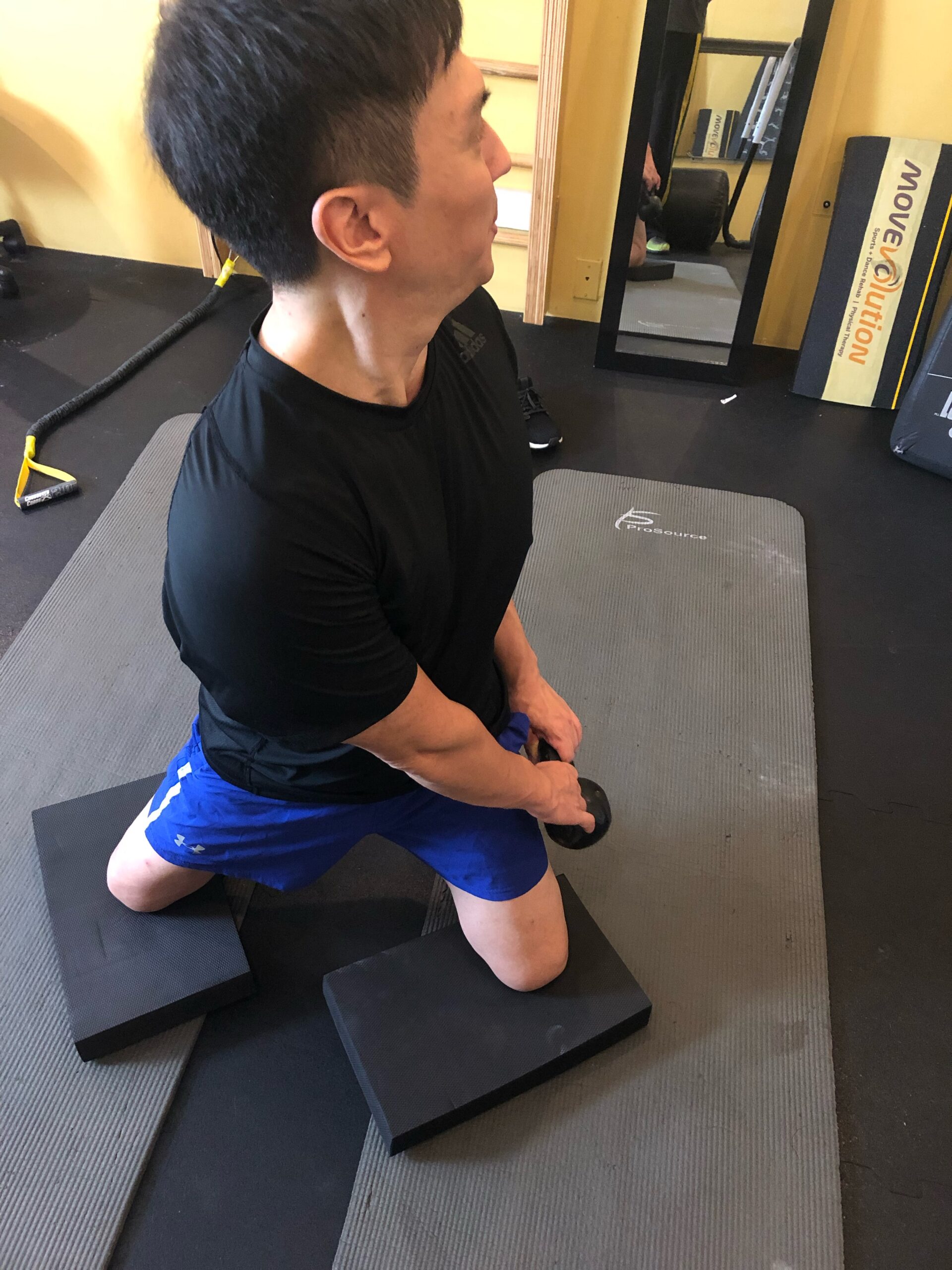Treating folks, like you, who move for a living and love to move

Blogs

Author: Richard Symister
"How I tore my ACL avoiding a two year old" Jason's Story
How Did you Tear Your ACL?
In Nov 2018. I was in the middle of a running long jump when a toddler ran into my way. To avoid plowing into a two year old, I twisted my landing right foot hard to the right upon making contact with blacktop. I immediately felt my right knee pop and it was also audible. Dance
What I had done was to create a minor tear to the ACL, but this was unknown at the time! There was no significant pain. However, when I tried to stand up, I experienced a sharp pain when I tried to extend my right knee and as soon as I was upright, I fell down due to knee instability. The knee simply buckled and there was a sharp pain. I was later able to rise and walk home unassisted, with some mild knee pain.herniated disc
The knee instability was not constant, but would occur intermittently, unpredictably. It seemed to improve after 3 weeks but never fully restored to full stability. The knee itself showed no outward sign of injury. There was only a sharp pain at the back of the knee in the first 24-48 hours when fully extended. physical therapist
A PT’s Perspective: Not all ACL ruptures are created equal.
No pain, but you ruptured your ACL? How can this be? Actually, this is quite common. The anterior cruciate ligament itself has no pain receptors. But the movement that causes the ligament to tear often causes damage to other parts of the knee that do have pain receptors. Some people are unable to walk. Others may feel they can play through the injury.
However, there are a few primary common denominators to a torn ACL:
- A loud “pop” or a “popping” sensation in the knee.
- Severe pain and inability to continue activity.
- Rapid swelling.
- Loss of range of motion.
- A feeling of instability or “giving way” with weight bearing.rotator cuff
Not sure? Currently, the 2 most commonly used methods to check for a torn ACL include an MRI (to show the extent of an ACL injury and signs of damage to other tissues in the knee, including the cartilage) and special tests (to rule in or out specific musculoskeletal problems like an ACL or meniscus tear).labral tear
Contact Us about our ACL Evolution programs and packages!

